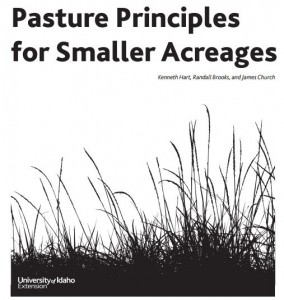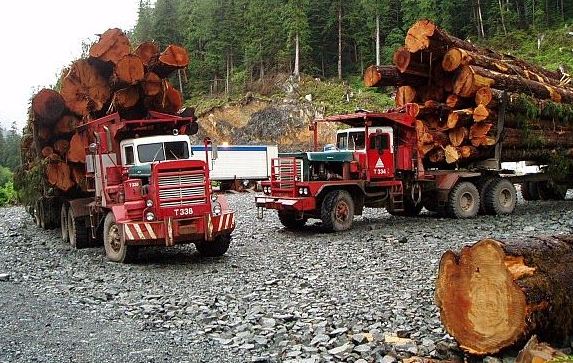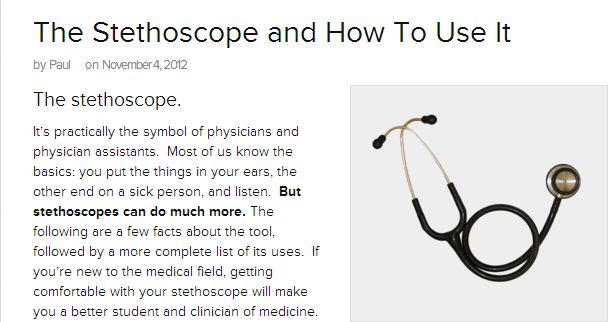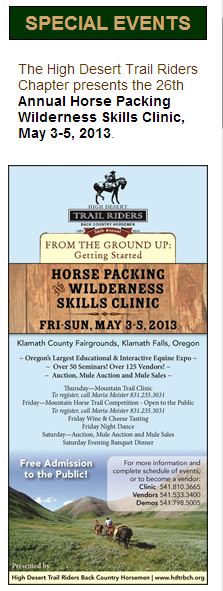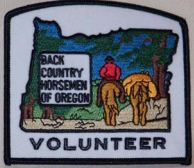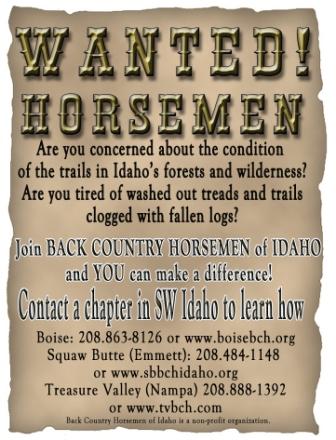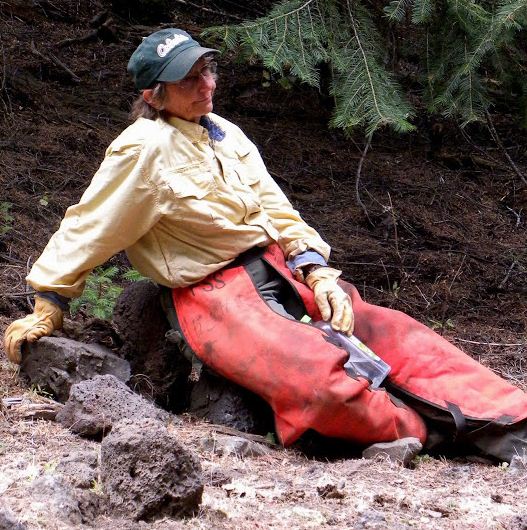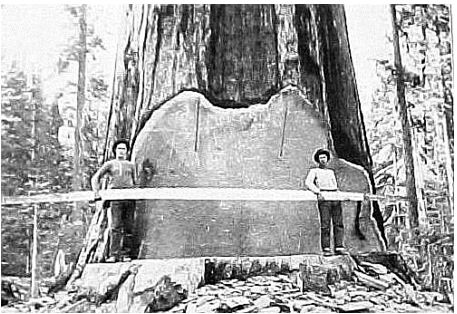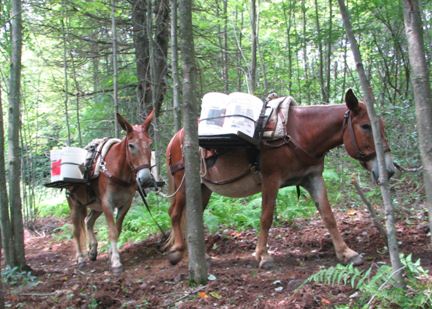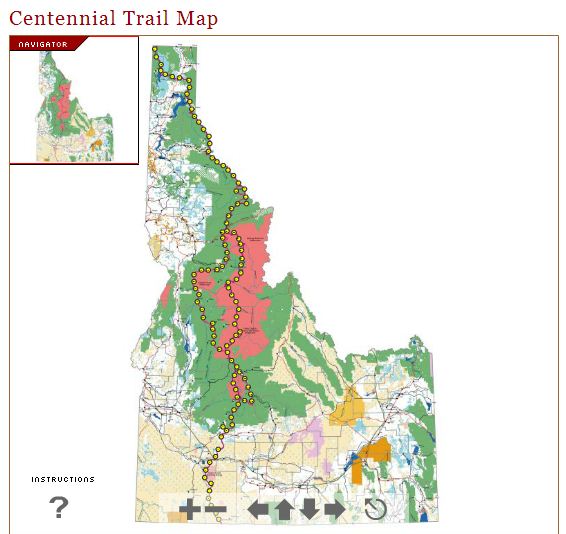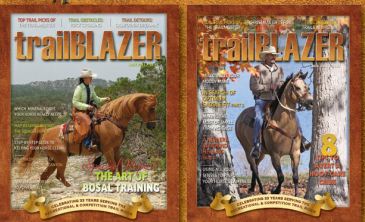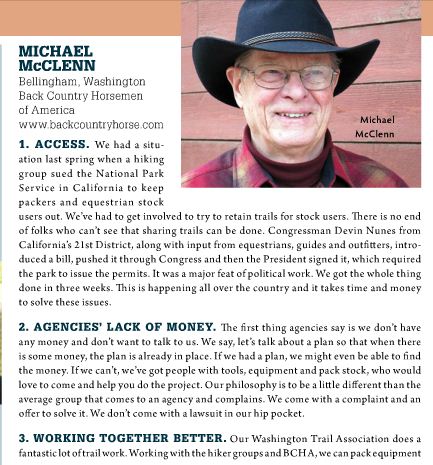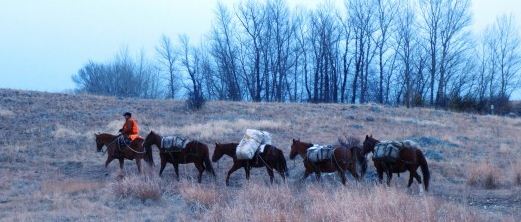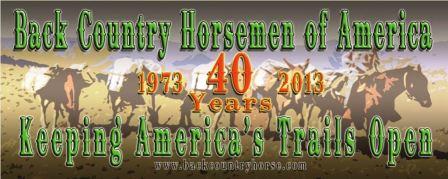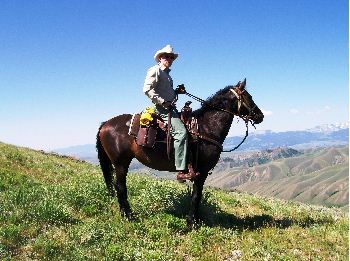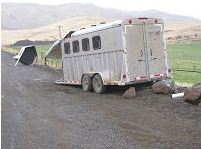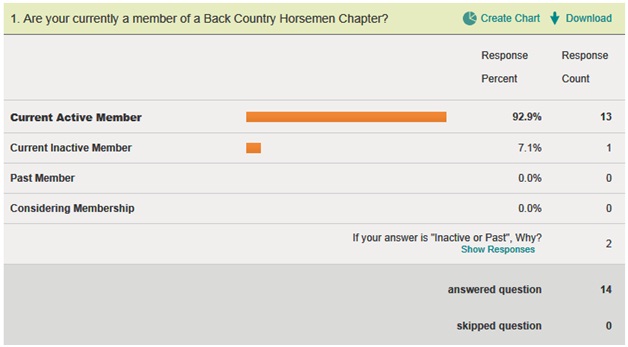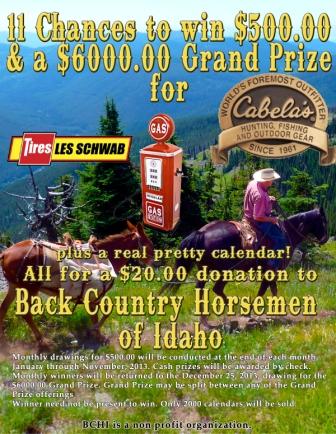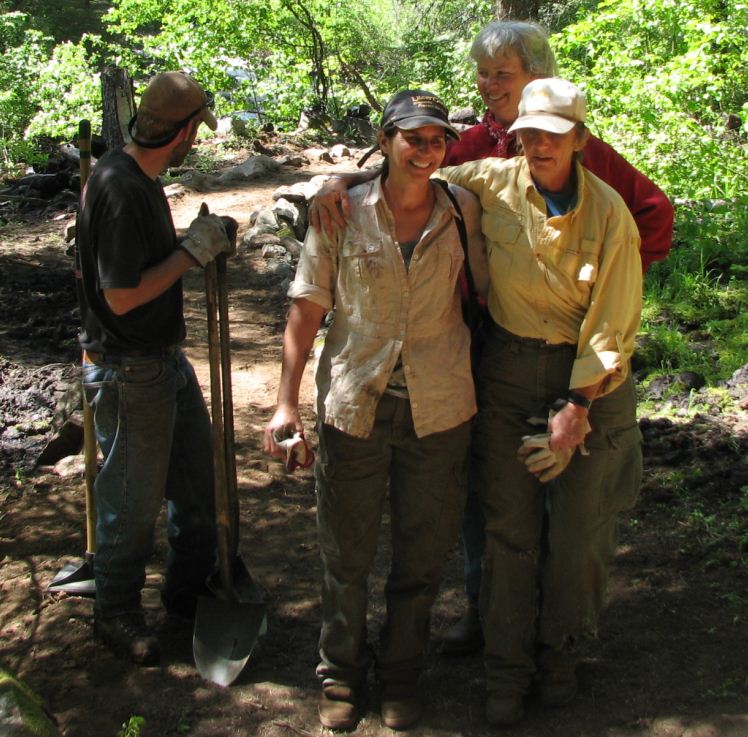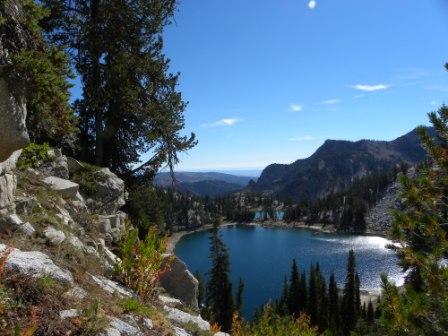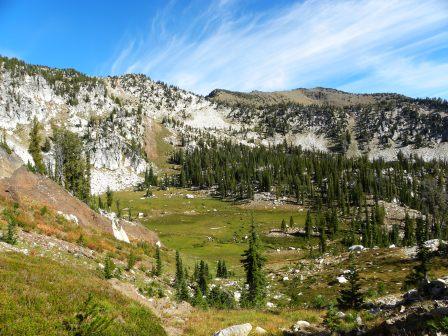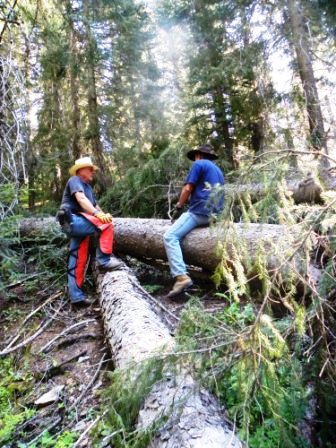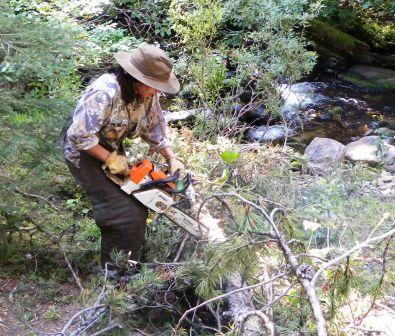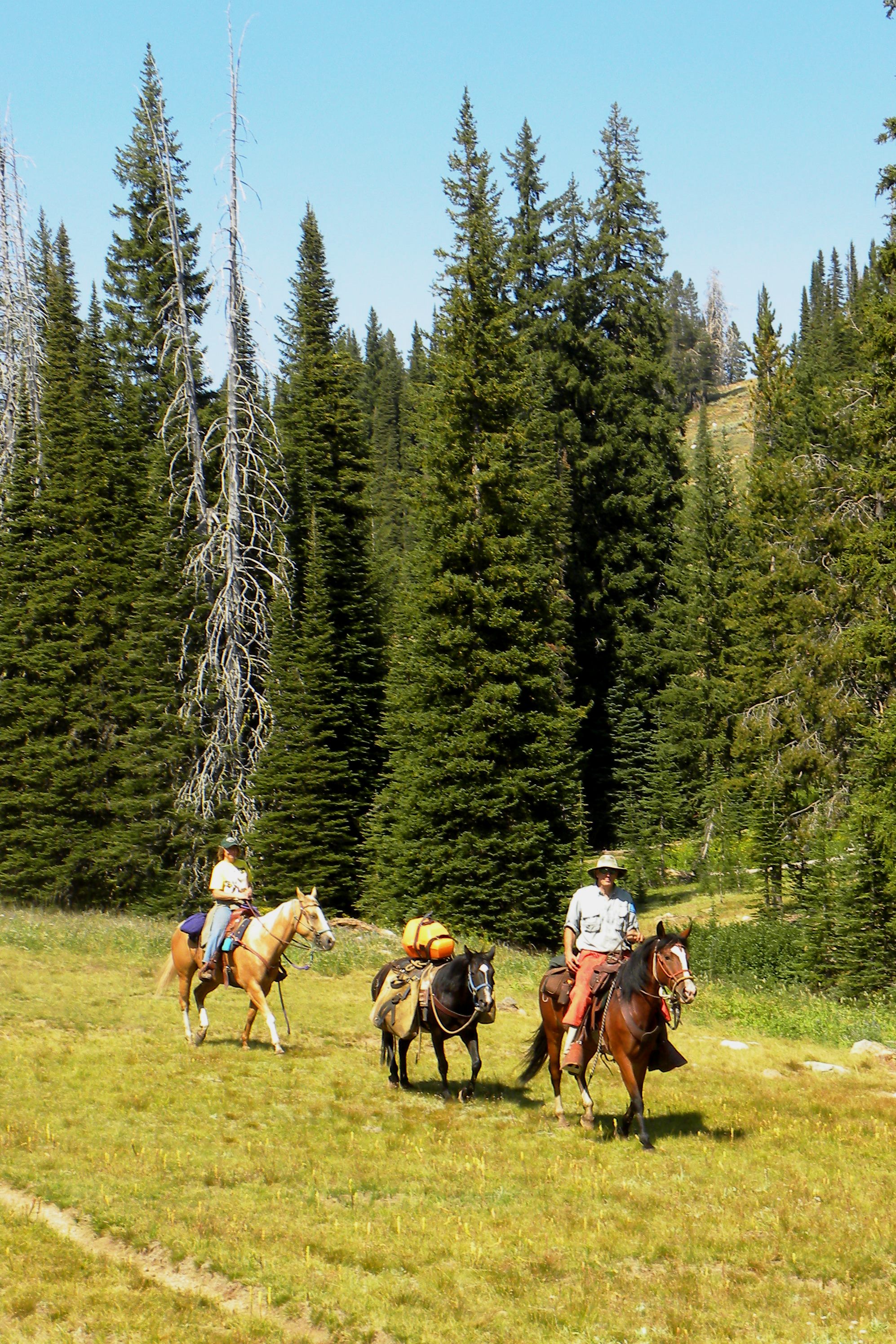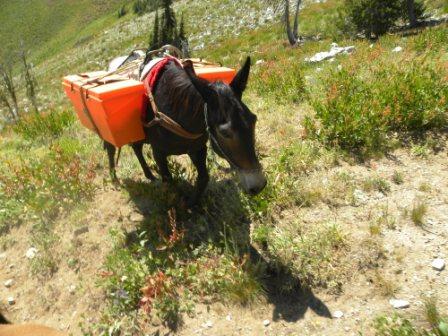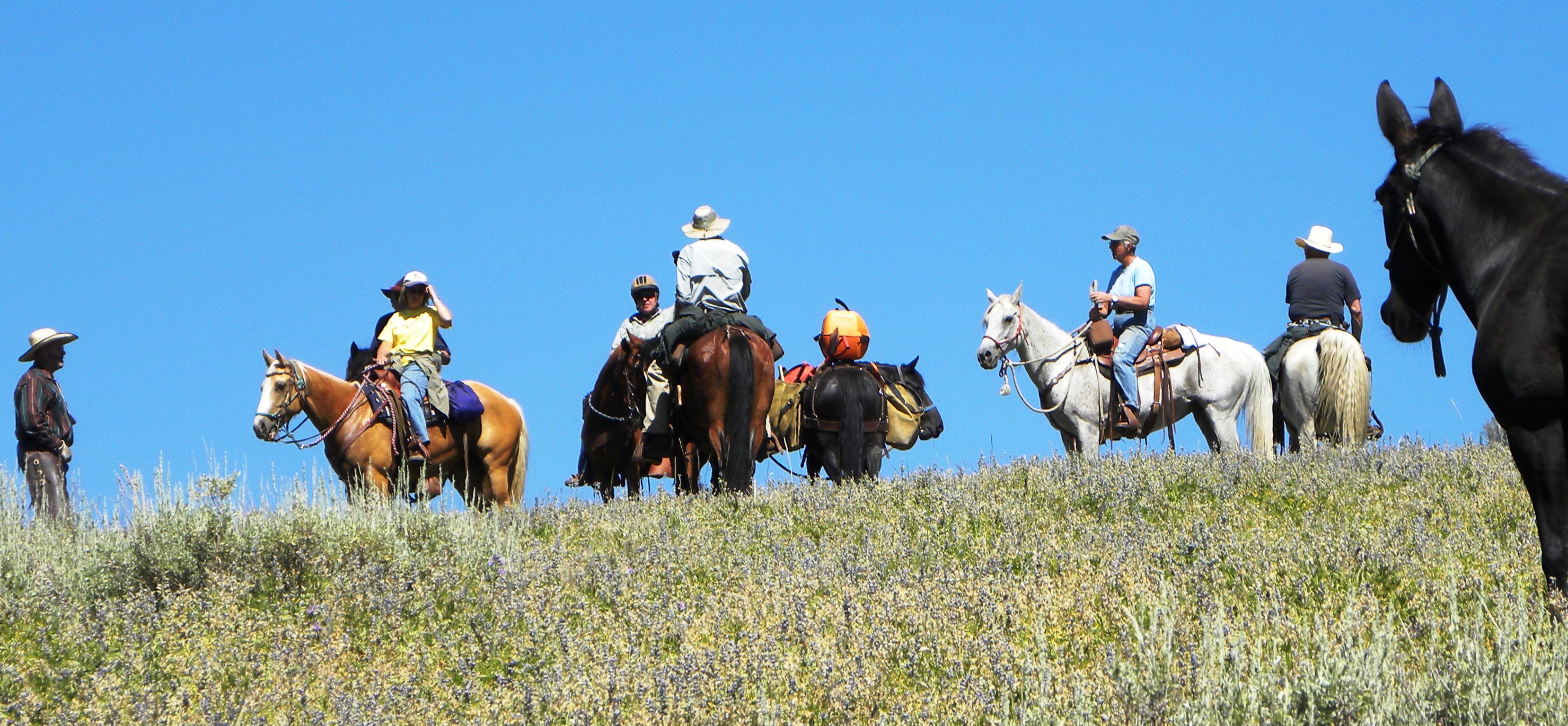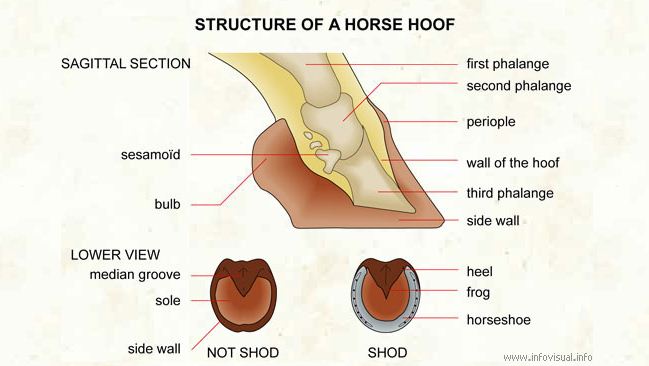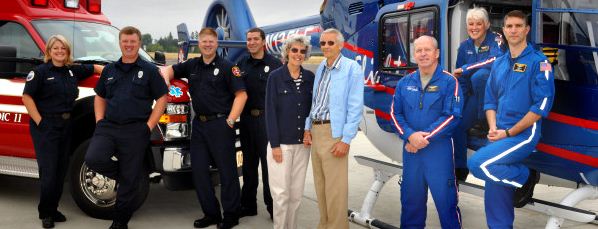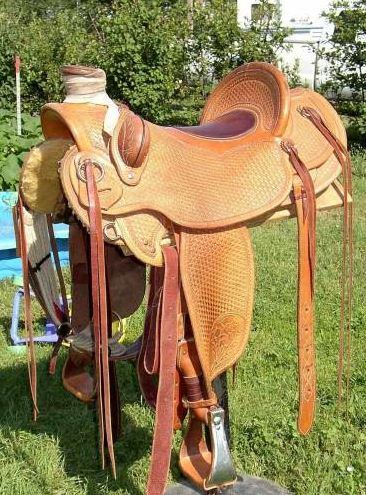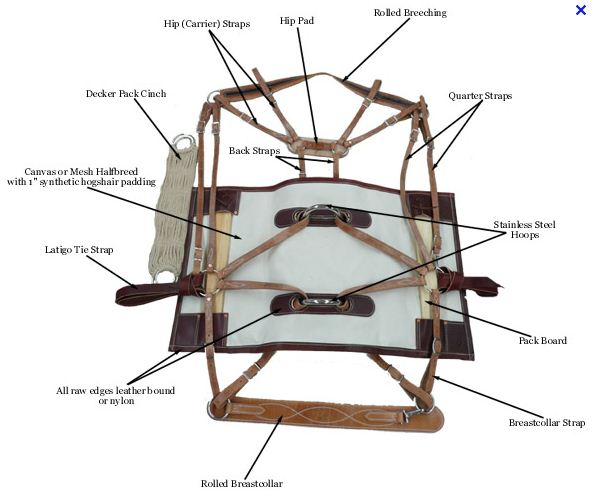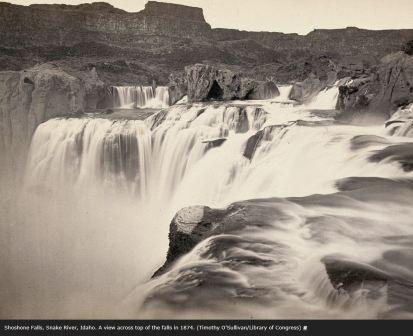The University of Idaho has published a very informative paper on stock and small farms and ranches.
Rocky Barker – March 4, 2103 Idaho Statesman
U.S. Rep. Rob Bishop, R-Utah, presented numbers that appeared astounding as he made the case that state forestry is better.
Bishop, speaking at a hearing of the House Natural Resources Subcommittee on Public Lands and Environmental Regulation last week, said that the Idaho Department of Lands has 52 times the volume of timber harvested per acre on its 971,678 acres of forests than the U.S. Forest Service has on 20 million acres. That’s 239.4 million board feet per acre to 4.6.
Chairman Bishop said the annual revenue per acre is even more astounding – 917 times more for the state than the federal forests. That’s $55 per acre for the state to 6 cents per acre for the national forests.
What Bishop’s dinner-napkin math doesn’t say is that not all of those 20 million acres are forests. There are only 17.2 million acres of federal forests in Idaho, and a small part of that number is under the Bureau of Land Management.
Of that, more than half – 9 million acres – is roadless, and another 3.8 million is wilderness. Much of the roadless forest is technically open to logging. But, in reality, much of it is either too prone to erosion, too steep or covered in trees that are so low in value that they would not support road-building or the kind of active management practiced on state lands.
Finding different paths for forests
Lawmakers in Washington, D.C., and Boise are looking at changing a federal management system that all but ended logging after the forest wars of the 1980s and 1990s.
The desire for new forest plans is driven by wildfires that are growing in intensity and cost, and by lawsuits that lead foresters to add time and pages to environmental reviews to avoid litigation.
In Idaho, the Legislature is studying whether to copy a Utah law that would try to force the federal government to turn over millions of acres of public lands.
In Washington, the House Natural Resources Subcommittee on Public Lands and Environmental Regulation is looking at programs to mirror the forest trusts in 22 states – such as Idaho’s state endowments that produce revenue for schools and other beneficiaries – on 135 million acres.
The fact that its technically not quite spring didnt stop members of the Back Country Horseman of Idaho from celebrating what we hope is the end of one of the longest cold snaps in this part of the country. Approximately 20 riders saddled up for a beautiful, sunny ride on the trails in Celebration Park: Idahos first, and only, archeological park. http://www.canyonco.org/ImportedFiles/Parks,-Rec,-WWays/Celebration-Park-Brochure.aspx
Celebration Park is an excellent early season ride. Regardless of the weather, the terrain is usually safe and easy on stock, many of which are being saddled for the first time since late fall. Members broke into several smaller groups to make the loop from the parks entrance to Halverson Lakes and back along the Snake River.
Horsemen and women were not the only folks enjoying a weekend in the park. We met several hikers, explorers, campers and fishermen scattered along the 10 mile loop. Each may have been celebrating in their own way, but most had one thing in common, a cheerful attitude and smile that extended from ear to ear. I guess the Back Country Horsemen arent the only folks happy to see the end of broken pipes, frozen spigots and iced over stock tanks for another season. 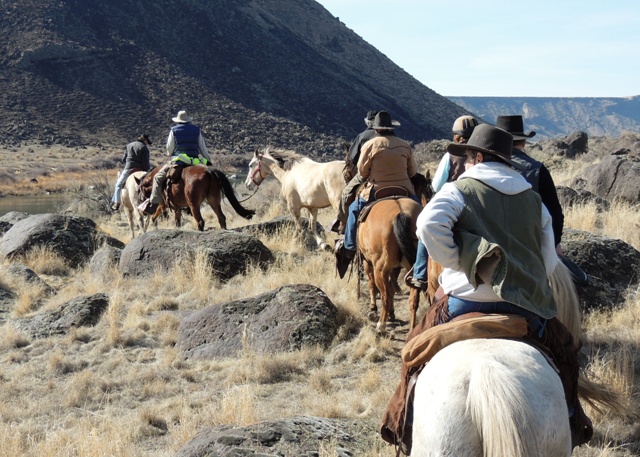
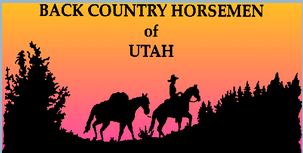
Say that again
With all the public land available for Utahs horsemen to ride, we often have a
difficult time realizing the threat of restrictions and regulations is real. However,
not every citizen in the United States shares our view of Wilderness. Viewpoints
of city people often are so foreign to our way of thinking wed never consider
them.
To illustrate the increasing number of urbanites checking out the backcountry,
journalist Tom Wharton read a few actual comments collected last year from
registration sheets and comment cards at entrances to the Bridger Wilderness in
Wyomings Wind River Mountains.
Trails need to be wider so people can walk while holding hands.
Instead of a permit system or regulations, the Forest Service needs to reduce world-wide population growth to limit the number of visitors to wilderness.
Ban walking sticks in the wilderness. Hikers that use walking sticks are more likely to chase animals.
All the mile markers are missing this year.
Found a smoldering cigarette left by a horse.
Trail needs to be reconstructed. Please avoid building trails that go uphill.
Too many bugs and leeches and spiders and spider webs. Please spray wilderness to rid the area of these pests.
Please pave the trails so they can be plowed of snow during the winter.
Chairlifts need to be in some places so that we can get to wonderful views without having to hike to them.
The coyotes made too much noise last night and kept me awake. Please eradicate these annoying animals.
A small deer came into my camp and stole my jar of pickles. Is there a way I can get reimbursed? Please call me at
.
Reflectors need to be placed on trees every fifty feet so people can hike at night with flashlights.
Comments such as these reinforce our belief the best way to preserve our heritage of using horses in the backcountry is strong and active local Back Country Horsemen units.
Back Country Horsemen of Utah has a excellent website that contains a lot of timely and useful information, I highly recommend that you visit it.
(Rob) I found this very interesting essay on packing and back country camping on the “Greenway Seed & Industry” web site.
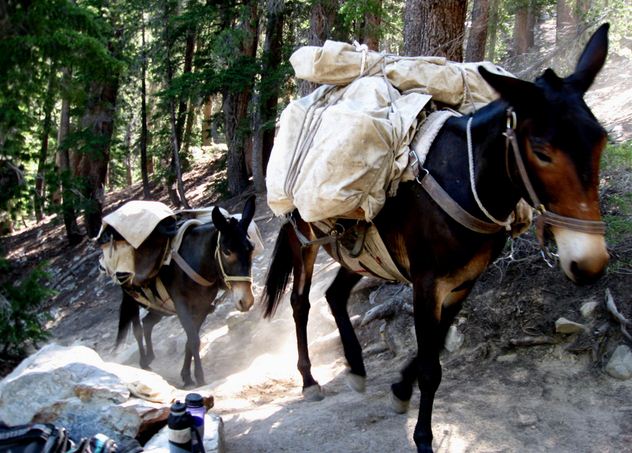
“Thirty Years of Stock Packing Mistakes”
Ive made lots of mistakes in over 30 years of horse packing! I hope that by outlining those mistakes you might be saved a lot of distress. One can cuss the horses or mules, but in 99% of all cases it always boils down to human error, either errors in choosing the wrong equipment, or errors in judgement about your stock, pecking order on the trail, choice of knots, choice of tightening cinches, etc. All right, lets get on with the rat killin!
CHOICE OF STOCK
Ive ridden both horses and mules, and I can honestly say that once one has ridden a mule in the hills you will never again ride a horse! Mules, because of evolutionary pressure on one parent, the wild burro, have become more cautious over the eons. Mules are smarter than a horse. They are more careful! Mules dont walk off the trail. They dont cut their legs and fetlocks as much as a horse. When a pack slips under their belly they dont explode and keep bucking until they rid their entire load 120 feet down to the bottom of Big Creek (Ive been there). On that particular trip all our toilet paper got wet from just such the aforementioned incident. By the end of that hunting trip we became expert botanists. We learned just the right leaves that substituted well for toilet tissue.
Dont get me wrong. Ive had excellent horses on hunting trips as well. Horses usually never ride as smoothly as a mule, but a good mule is more expensive than a horse, so be careful when you buy a trail horse or mule. Don’t make the MISTAKE I made when we first bought our horses. We went to the horse auctions, and over a 30 day period, had purchased four head of horses. Two of them turned out, two of them didnt. The two who did not turn out had names; but we soon changed their names to Dink and Dummy. Well I was the dummy for being naïve when buying these two at auction. We looked over the horses ahead of time before bidding began. Pretty smart, huh? Well, now I know that many horse traders will ace the horses 1 ½ hours ahead of time, and one can crawl under the belly, lift up their feet, look in their mouth, shake a plastic bag at them and come to the conclusion that this must be a gentle horse, perfect for trail riding. Dumb, dumb, dumb! After a good shot of ace the wildest, bronkiest mustang, green off the B.L.M. will just plain be in lala land. Man, when we took Dink and Dummy home the ace wore off and, like someone once said, Are you ready to Rodeo?
Two of the four horses we bought turned out, but if I had it to do over again I would scan the paper and visit the prospective horses unannounced two or three times before making a purchase. I would also ask the seller if I could do a vet check on the horse. If the seller hem haws run as fast as you can! I never understood elk hunters/horse packers who always said, well, I take a green colt on every trip, and by the time we get back hes pretty well broke. Let me till you something-life is too short for that non-sense. Bronk busters like this suffer from cranial-rectal inversion!
Boise Chapter http://www.boisebch.org
Squaw Butte http://sbbchidaho.org
Treasure Valley http://www.tvbch.com
BCHI http://bchi.org
Men, muscle and fine steel (Read More)
A very innovative way to transport sand, gravel or fish. Read more
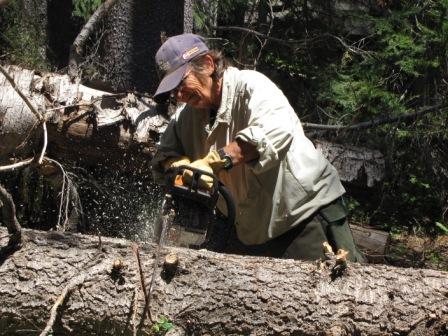
In 2013 Squaw Butte is applying for a grant from the IDRP for chain saws to continue our work on public land trail in the Boise and Payette National forests. A number of agencies have provided letters of support for this grant. I have included links to one from the BLM and the final draft of our grant proposal. The chapter thanks Robbin Schindele for all the hard work on this grant.
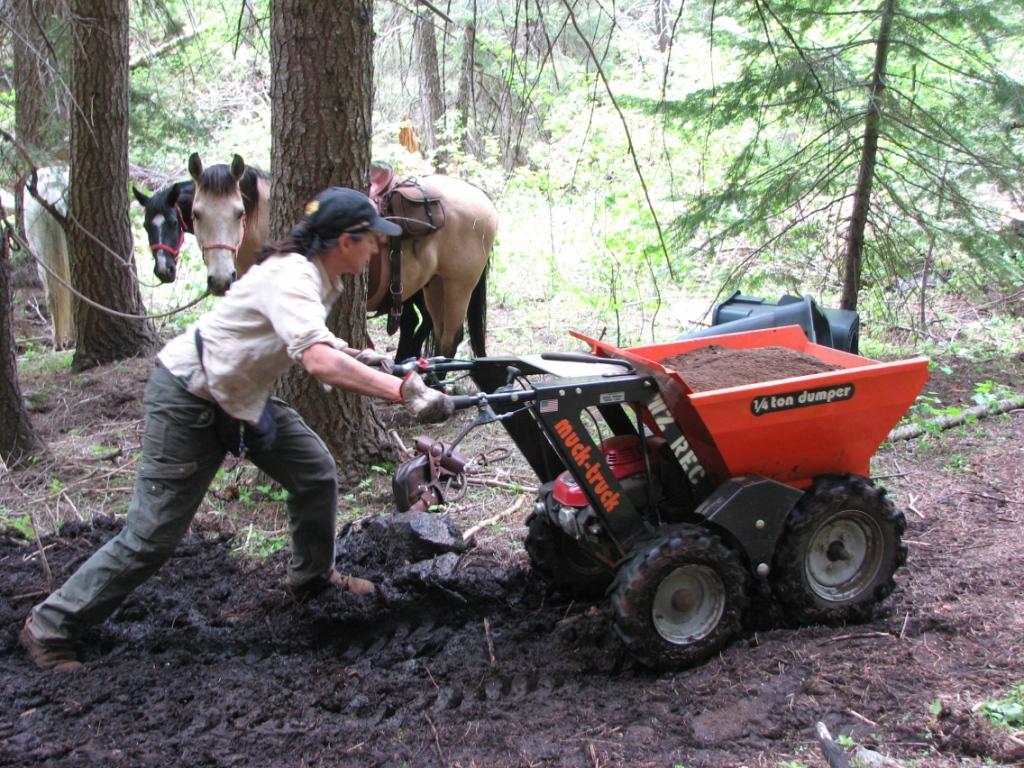
Its time to think about photos for the 2014 BCHI calendars.
In addition to being great horsemen, SBBCHI members are also noted for some spectacular photography. It is time for each of you to go through the images youve taken at various SBBCHI activities during 2012 and choose the photos you would like to submit for the selection process. Read More
THE NATIONAL TRAILS SYSTEM ACT Example: Idaho’s Centennial Trail
SEC. 2.
(a) In order to provide for the ever-increasing outdoor recreation needs of an expanding population and in order to promote the preservation of, public access to, travel within, and enjoyment and appreciation of the open-air, outdoor areas and historic resources of the Nation, trails should be established (i) primarily, near the urban areas of the Nation, and (ii) secondarily, within scenic areas and along historic travel routes of the Nation which are often more remotely located.
(b) The purpose of this Act is to provide the means for attaining these objectives by instituting a national system of recreation, scenic and historic trails, by designating the Appalachian Trail and the Pacific Crest Trail as the initial components of that system, and by prescribing the methods by which, and standards according to which, additional components may be added to the system.
(c) The Congress recognizes the valuable contributions that volunteers and private, nonprofit trail groups have made to the development and maintenance of the Nation’s trails. In recognition of these contributions, it is further the purpose of this Act to encourage and assist volunteer citizen involvement in the planning, development, maintenance, and management, where appropriate, of trails.
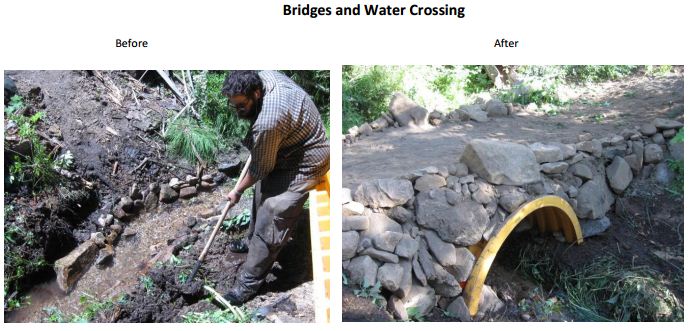
Zach Poff Lowman ranger district shared some pictures of work done in the Northern zone of the Boise National forest by his team and other volunteer organizations in 2012.
The South Western Idaho RAC minutes for the 09/13/2012 meeting are also available for downloading.
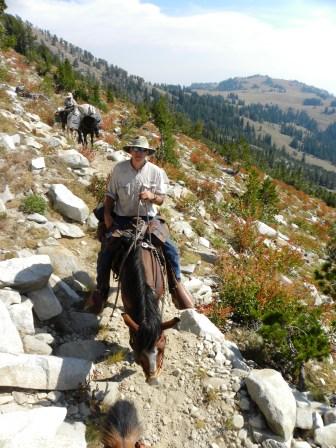
Riding a good mountain horse or mule is a wondrous experience. To be aboard a horse or mule working to travel on a high rocky mountain trail, completely tuned into their environment, is an experience never to be forgotten. It is about as close to the man and beast connection that one can get. In a worrisome (kind of really dicey) location the rider and ride (horse/mule), must be willing to trust the other. This kind of trust comes only from a lot of experience (wet saddle blankets) on one or both of the players parts. Read More
Want to pack light, leave the propane stove home, and consider using a back packers wood stove Read More
Links to check out Littlebug.com Trailstoves.com Titanium-hexagon-stove
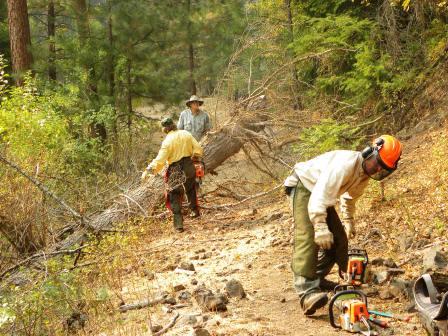
Forest Service turns to private groups to fill in gaps left by dwindling dollars for work on trails
By ERIC BARKER of the Tribune
Backlog stats more than 20 years old
Both locally and nationally, nobody knows just how bad the trail maintenance backlog is. A 1989 audit by the Government Accountability Office, now more than 20 years old, estimated the agency faced a $200 million maintenance backlog that resulted in the loss of 5,000 miles of trail. Since that time, Forest Service budgets and the agency’s workforce have shrunk, recreation demand has grown and wildfires that exacerbate the problem have grown in size and intensity. Read more.
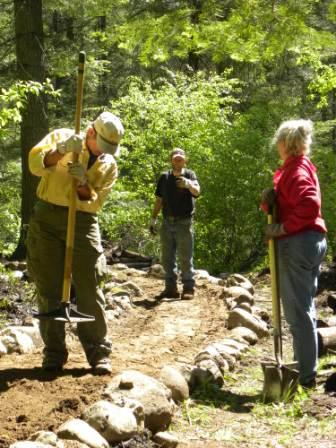
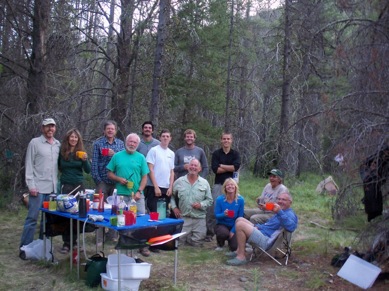

Dennis Dailey officially retired from the BCHA as our Wilderness Advisor at the National Board meeting in Oregon this past April. No one can deny the value that Dennis brought to BCHA and fortunately for us Dennis is still actively involved with the BCHA. Chairman, Mike McGlenn set out to find a trustworthy replacement for Dennis and with the task completed we now welcome Randy Rasmussen who comes to use with the much experience and enthusiasm.
It seems wrong to say that Columbus elk hunter John Chepulis was lucky. Hes lying in a Bozeman hospital intensive care room hooked up to a ventilator to help him breathe, heavily sedated and fighting pneumonia. But his situation could have been much worse.
“This whole thing, to me, has been divine intervention from the beginning,” said Bonnie Chepulis, John’s wife.
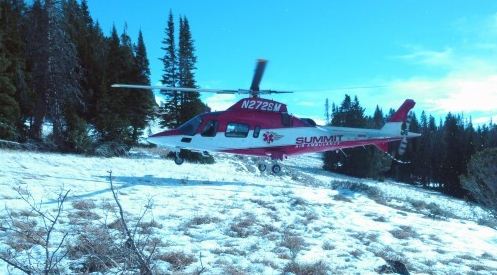
Here’s the article on John Chepulis’ wreck. John is past president of the Montana BCH and was at the BCHA National Board Meeting in Eugene Oregon and Butte Montana.
Please keep John and his family in your thoughts and prayers.
Peg, BCHA
Nov 16 update
John has made remarkable progress toward recovery and has been moved to Billings to a state-of-the-art acute care hospital for patients who require time to heal from catastrophic injury or illness.
His new address is: John Chepulis, Advanced Care Hospital of Montana, 3528 Gabel Rd, Billings MT 59102
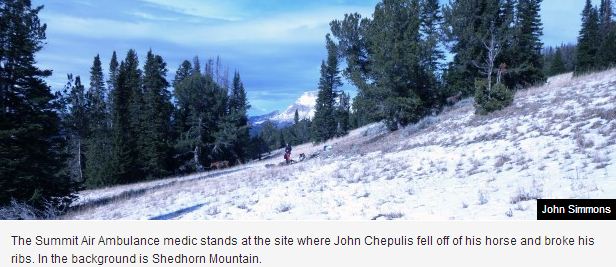
BCHA Bumper Sticker designed by Robbin Schindele
Welcome, Boise Nation Forest new District Ranger, Richard Newton. Before coming to the Boise Nationa forest, Richard was a district ranger of the Caribou-Targhee National Forest. Richard has a long relationship with volunteer organizations like BCHI and SCA.
Trailer wreck near Ola, ID
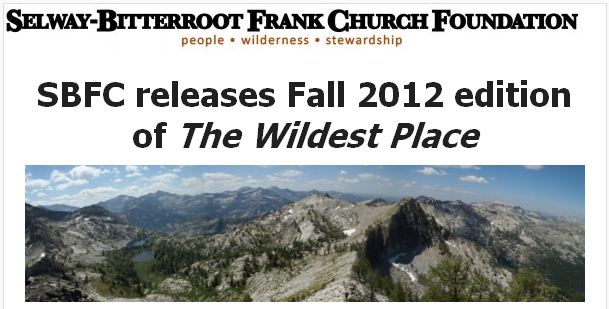
The SBFC has released the Fall 2012 Edition of our newsletter, The Wildest Place. This edition features:
A complete list of all of our 2012 projects and accomplishments, including our first season of projects in the Frank and our biggest season ever in the Selway!
Click HERE for the Fall 2012 newsletter!
Live in the Boise area? If so, we’ve got a treat for you. We’re hosting our 1st Annual Fall Gathering and Fundraiser on Friday, November 9, at the Linen Building in Boise. The will run from 6:30PM to 9:30PM and is free to the public. Keynote speaker Cort Conley will deliver a presentation entitled “Five River Tales”, spinning yarns and truths about the Middle Fork Salmon, Main Fork Salmon and Snake Rivers. Please come down and enjoy our fantastic silent auction and raffle, as well as wine, beer, hors d’ouevres and music while supporting our efforts to take care of your backyard backcountry. You might even find a good holiday gift to boot!
Just how do you stuff an elephant into a Safeway bag?
Hey Laurie, how do you stuff an elephant into a Safeway bag? Is this a rhetorical question, Lorraine? I really have no idea how, or why, anyone would want to stuff an elephant into a Safeway bag. Ive learned a lot since joining the Squaw Butte Back Country Horseman Ive learned how to freeze-dry just about anything, how to be a better steward of our natural resources and the benefits of low impact camping. Ive learned wilderness first aid for both human and horse and how to more safely handle a chainsaw. I have learned proper weight distribution is essential when packing stock and the value of mastering the diamond hitch. Most importantly, Ive learned that all of this, and more, is an ongoing and ever-changing process. I have not, however, learned how to stuff an elephant into a bag of any kind.
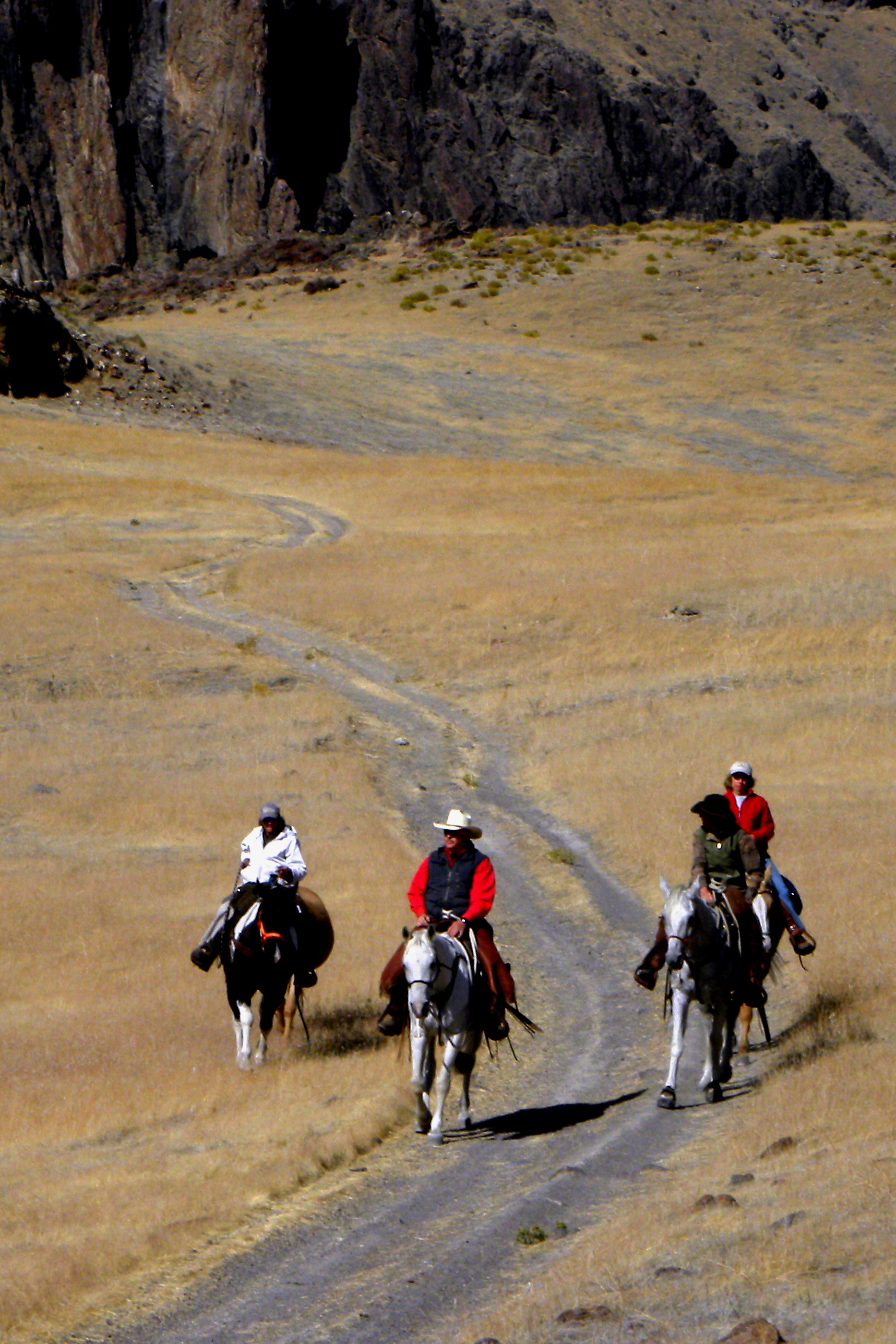
October 7th was on the schedule as a fun ride with an undetermined destination. Rob and Linda would be back east attending their sons wedding. Since Rob usually handles this sort of thing, coordination for the fun ride was to fall on me in his absence. I chose Succor Creek State Natural Area.
Click here for full size printable poster or calendar video. Calendars are available from Rob Adams, Janine Townsend or Kay Ryan for Pick-Up, or can be purchased on line

Open letter from Dennis Dailey to BCHA leadership
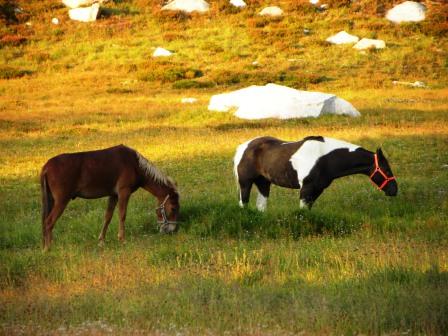
Read what Doctor Hardy DVM has to say on the subject
Between June 1st and September 30th 2012 Squaw Butte supported nine trail maintenance projects. These projects covered a large section of south western Idaho, taking place in the Boise & Payette National Forests and the Frank Church Wilderness. They were in partnership with the Emmett and Weiser Ranger Districts and the Selway-Bitterroot Frank Church Foundation.
The work covered a large spectrum of activities, from packing, to rock rolling, but mostly entailed the removal of a very large amount of blow down and pruning. We also did some major tread improvement removing a rotted log bed section through a bog and replaced it with a gravel trail bed. Read More
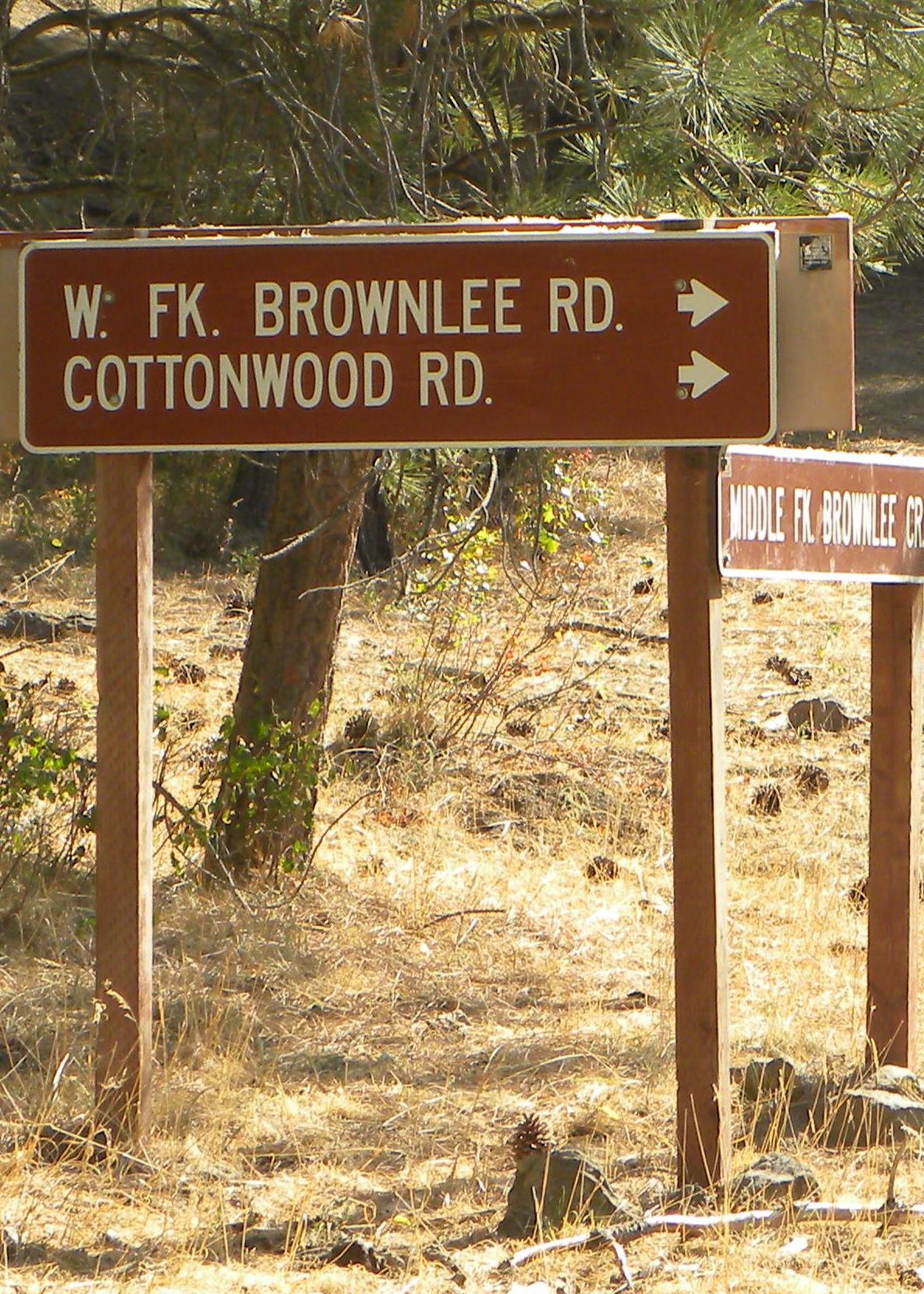 West Fork of the Brownlee
West Fork of the Brownlee
Trail #266
The West Brownlee Creek project brings closure to the 2012 season of work projects for the SBBCHI and a sad farewell to a valuable partner, Mike Mullin, Payette National Forest West Zone Recreation contact. Mike has accepted a transfer to Lincoln Montana: Lincoln is very close to my wifes family and I love the area due to its proximity to the Bob Marshall wilderness complex so I couldnt resist applying when a position came open. We will miss Mikes enthusiasm and dedication to partnering with our Chapters mission of keeping Americas trails open. However, we are happy for Mike and his family and look forward to making contact with the new PNF liaison, Jascha Zeitlin.
Its time to hit the trail and leave the sad news behind! Mike made arrangements to send Ryan, one of his crew, to assist us with the trail work on Saturday, September 22nd. Ryan would meet us at the trailhead by 9:00 AM. Its a good thing too otherwise, I would have gone the wrong direction at the creek and cleared the wrong trail! I really need to look into doing something about my navigational skills..or lack of.
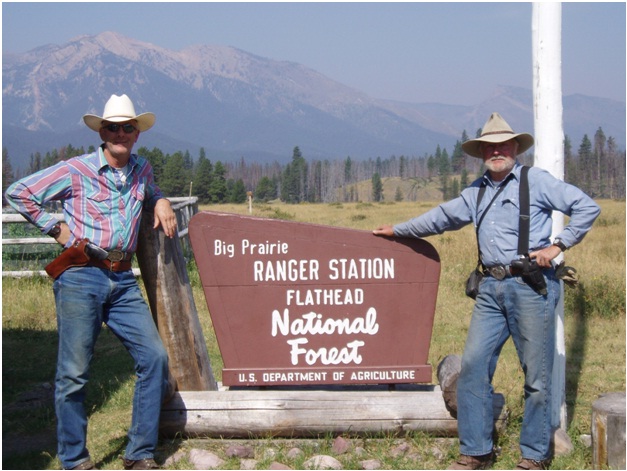
For those of you who live in the west, the term The Bob is probably very familiar. The Bob Marshall Wilderness in western Montana is a very popular riding area. My friend Bill Conger of the Squaw Butte Chapter of the Back Country Horsemen of Idaho and his wife Marybeth have ridden the Bob for many years but for me it was my first pack trip there. Ive spent a great deal of time in Idahos Frank Church River of No Return Wilderness and was excited to see the famous China Wall in the Bob of which I had only seen pictures. Read More
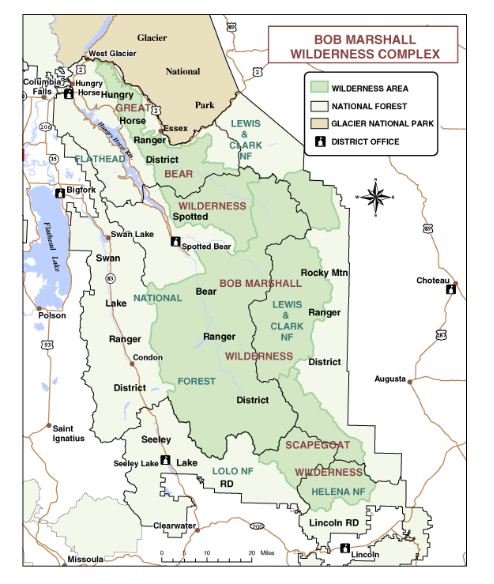
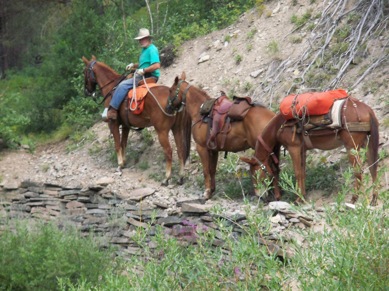
This summer was the second year that the Squaw Butte Chapter of the Back Country Horsemen of Idaho has partnered with the Selway Bitterroot Frank Church Foundation on projects in the Frank The Frank Church River of No Return Wilderness in central Idaho, the largest wilderness in the lower forty eight states.
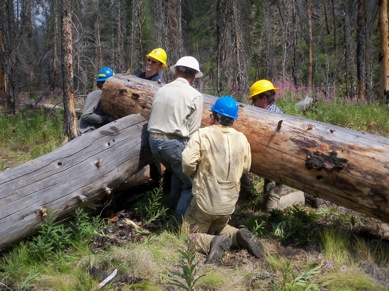
The work projects were on Pistol Creek and Marble Creek on the west side of the Middle Fork of the Salmon River. Both projects had volunteers form the Idaho Trail Association and Idaho Parks and Recreation along with the pack support and camp cooks from BCHI members from both the Squaw Butte and Treasure Valley chapters. Eric Melson of the SBFC (Selway Bitterroot Frank Church Foundation) was the project organizer for both projects. Due to the devastating fires of the past twenty years the trail system in the wilderness is in very poor condition, much downfall and tread work was required to reopen the trails for public use. Pistol Creek was opened from the trail head at Snow Shoe Cabin to the middle fork of the Salmon River, some 17 miles. Marble Creek was opened from the trail head down the creek past Buck Creek, but will require one more project next summer working from the middle fork up the canyon to fully reopen the trail. This will be about 30 miles of trail.
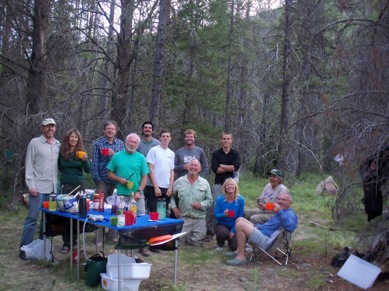
Partnerships are a wonderful thing, BCHI members get to meet other volunteer groups all of which are doing the same thing, keeping the trail systems in our national forests and wildernesses open for the American people to use and enjoy. My question is where are the forest service trail crews? What happened to them and why? These are questions that the public needs to be asking the Forest Service.
Shoot from the hip and hope you dont blow off a toe in the draw. That pretty much sums up my approach to most things in life. Excursions into the wilderness seldom veer from this philosophy. Toss in a five pound bag of potatoes and a pound of bacon and head for the mountains with my dog. This year would see a change in that methodology.
At least once a year I try to make an annual pilgrimage into the Eagle Cap Wilderness specifically Pine Lakes. When a few members of the Squaw Butte Back Country Horseman expressed an interest in packing into the Eagle Caps, It was with conflicting emotions that I agreed to guide them in. Pine Lakes is filled with personal memories mostly great, some sad and a few as spectacular as the lakes pristine azure waters. I dont mind sharing in the good and even a few of the spectacular moments, but the poignant memories are my own and likely not to be understood by others. I assured myself that it would be alright. Any such emotional episode could remain privately concealed behind dark sunglasses.
Squaw Butte members were on the trail a lot in August. We had a trail crew support project on Marble Creek in the Frank Church, trail maintenance project at Wilson Corrals and Squaw Creek on West Mountain, and two pack trips, one to the Bob Marshal and the other to the Eagle Caps. What did you do with your August?
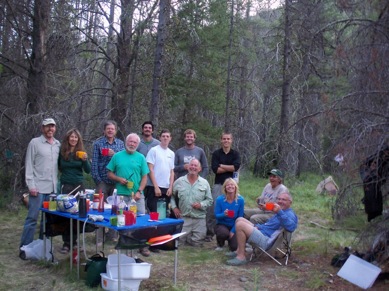
Members on the Marble Creek support project were Phil Ryan, Jake Lemon and Janine Townsend
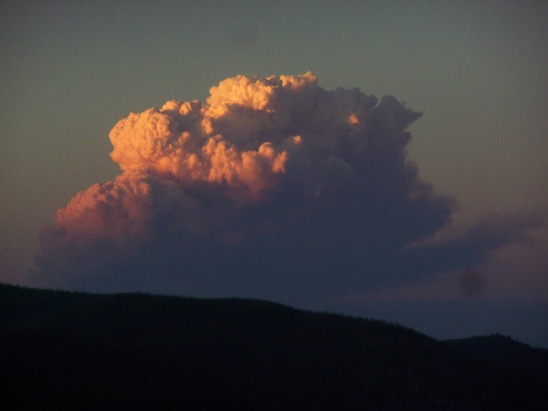
August also saw Idaho back country Burning!
Down fall was heavy this year due to micro-bursts in the west central mountains.
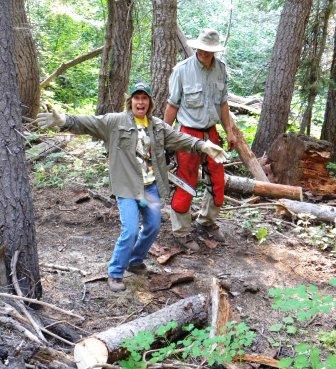
As hard as we worked in August, we still had a great time. So JOIN us on one of our upcoming event!
I am having major writers block in regards to a blog piece for the Squaw Creek/Poison Creek work project the weekend of the 18th. Nothing exciting happened at all. Nobody got bucked off, rolled on, stepped on, kicked, bit or required a medical evacuation. There were no injuries other than a few aching shoulders expected with the type of work we do. The only blood I saw the entire weekend was my own, and that didnt occur until the last few minutes before loading up and heading for home. I got so bored I decided to use my pocket knife to cut the witches knot out of Annies tail. I missed her tail and sliced my finger; hardly anything to write home about, let alone blog about. I considered making something up. Not a lie exactly more of a fictional elaboration of the actual events to sort of spice things up. I might convince Rob to go along with some fantastic account of adventure and intrigue, Lou Ann, however, is a different story. Lou Ann insists on seeing that I remain grammatically correct and honest in my storytelling at all times. Programmers.
We came, we cut and we conquered. Thats pretty much it in a nutshell. It makes for a fairly drab blog piece, doesnt it? Actually, the previous weekend was much more interesting, but has nothing to do with Back Country Horseman and would be more appropriate for another blog. I had just ridden out of the Eagle Caps after spending the earlier part of the week following a band of hippies through the mountains. As I said, this story is best left for another blog but I will say this: What happens on the mountain does not necessarily stay on the mountain. One word of advice DO NOT eat dried fruit prepared by a hippy chic living without proper sanitation facilities no matter how hungry you get.
Jack had thrown a shoe sometime between the hippy excursion and home. I called every farrier I trusted within 100 miles without gain. I gathered all the old shoeing tools I could find, tossed in a handful of nails and picked up two size 0 front rims at D&B on my way through town. I can tack on a shoe in an emergency if I have to. I hoped I didnt have to.
Completely ignoring Dave the GPS I followed the directions from the web site to Squaw Creek campground. I opted to go the long way through Ola. Even with newly installed trailer brakes, bearings and two new trailer tires, I didnt feel up to four wheeling my way this weekend. It was just too easy. I pulled into the campground without making one wrong turn. At least it appeared to be the campground from the directions. Rob mentioned he would try to be there by noon and place a few signs. There were no signs and no Rob and it was coming on 3:30 PM. I temporarily high-lined Jack and Annie and parked my rig in an area easy to spot should anybody drive by, and waited.
I wandered around the area checking it against the map. This had to be the right spot. Where was everyone? I hadnt brought any feed for the horses and there was not much graze where I had high-lined. I decided if nobody showed up in the next few hours, I would move the horses to graze and set up camp for the weekend, right spot or not. As it was, Rob pulled into camp several hours later. Jack and Annie would be glad to see the certified weed free hay and I was proud of my sense of direction for probably the first time in my life.
Rob took a look at Jacks hoof and determined it would probably do more harm to tack on a shoe than to leave it as is. Jack has good, sound feet and they had grown out enough to give him plenty of hoof wall protection against the rocky terrain for one weekend. I brought along a pair of emergency barrier boots in case we were wrong.
Lou Ann arrived just before dark. The three of us would make up the work crew for the weekend. I brought out a chicken broccoli casserole for dinner and the others tossed in various vittles to go along with it. Still feeling the effects of the previous weekends hippy adventure, I turned in early.
Saturday morning the three of us hit the trail bright and early. It was an experience in mounting/dismounting. A deadfall lay across the trail every 100 yards or less. Toward the top of the trail, one of the saws threw a bearing and seized up. The remaining saw was in need of sharpening and fast became worthless. We soon had nothing more to cut trees with than a paper weight and a spoon.
We reached the meadow about 3:45 PM. Lou Ann and I are still uncertain what came over Rob. One minute hes meandering casually across the meadow, the next hes spurred Payette into a lope and is dashing off carefree into the middle of a small group of cattle. It could be that Rob, not unlike Gus McCrae from Lonesome Dove, felt compelled to ride out in search of adventure for the pure joy of it for no other reason than because he can.
Rob prepared chicken with a mushroom sauce and wild rice. Lou Ann had made green beans to die for and I whipped up a Dutch Oven peach cobbler. I had brought the wrong Dutch oven for the job. The lid was the rounded, burry in the ground variety, and I needed a lid with a lip to hold the briquettes in place. Rob scrounged through his DO supplies and came up with an acceptable lid that would make do. That is pretty much how it goes on these trips nobody expects perfection and everyone pitches in and makes do where needed. Aside from a little ash around the edges dinner was served.
Poison Creek trail on Sunday would be cut rather short. A tangled mass of a dozen or more blow-downs blocked the trail shortly after the bridge crossing. We split up in three different directions to scout out an alternate route before coming up empty handed. We made the determination that Poison Creek would have to remain closed for the time being. We had neither the saws nor the man/girl power to tackle this one today. Rob would contact the FS and have them flag a route at their discretion. Squaw Butte would open Poison Creek on another day.
I looked down at the blood trickling from a small slash in my index finger. Well, that was the most eventful thing thats happened all weekend. I wonder if I cant come up with something a bit more exciting for the blog. There we were the three of us each dedicated members of the Squaw Butte Back Country Horseman of America, face-to-face with, until now, an undiscovered tribe of hostile natives. The chiefs menacing black eyes sent shivers up my spine as the sun glinted across the razor sharp knife he held in his hand
Learn how Annie went from queen of her pasture to a trail guide.
Chapter One “The Barter Mule” (chapters 1-6)
Final Chapter of Annie’s saga “A New Home For Annie”
Is this your idea of a joke, Dave? What the hell…you said to take a hard left…I took a hard left. You call this washed out, pot-hole infestation a road? This is a road for four wheelers Dave, not for trucks hauling 8,000 pounds of horse trailer and cab-over. I knew I should have Google mapped instead of relying on you. You have not been right one lousy day of our 5 year relationship. Five years Dave! Five years of wrong turns, dead-end shortcuts and illegal U turns. I can’t drive like this anymore, Dave. I’ve listened to your patronizing monotone voice for the last time. I have a notion to toss you out of the truck alongside this boulder lined rut hell you call a road. Don’t worry Dave, you’ll find your way. After all, West Mountain is just 25 miles due west as the crow flies. I hope you can fly Dave.
Like a bike with a flat tire or a tennis racket with a broken string, a horse with poor hooves has limited usefulness. But how to keep a horses hooves in their best condition is an often discussed and sometimes hotly debated topic. There are theories regarding horses feet that constantly keep horse owners contemplating the fact and fiction of hoof care.
Often misinformation is accepted as truth simply because it has been around a long time. In this article we address a few of the most common misconceptions about hoof care, and ask top experts to explain the truth behind the myths.
Myth: White hooves are softer and have more problems than black feet.
The color of the hoof is influenced by the color of the skin above it, so if a horse has white markings directly above the hoof, the hoof itself may carry the same pigmentation. Many people believe that hooves with black walls are stronger than hooves with white walls. Read more
State Comm., this is Back Country Horsemen Mobile Two, over!
With this simple statement spoken into a hand held radio, a whole series of events were put in motion. What events led up to this radio call?
I tried State Comm. again and got an immediate response. I explained who I was and that I had a sixty-five year old woman with me that was showing symptoms of Heat Exhaustion and Dehydration. A number of questions were asked and answered and I requested that they contact Valley County EMTs and Rescue to meet us with an ambulance to transport her to the Cascade Hospital. Read Rob’s journal of events Read Mary Kay’s
A FISH OUT OF WATER
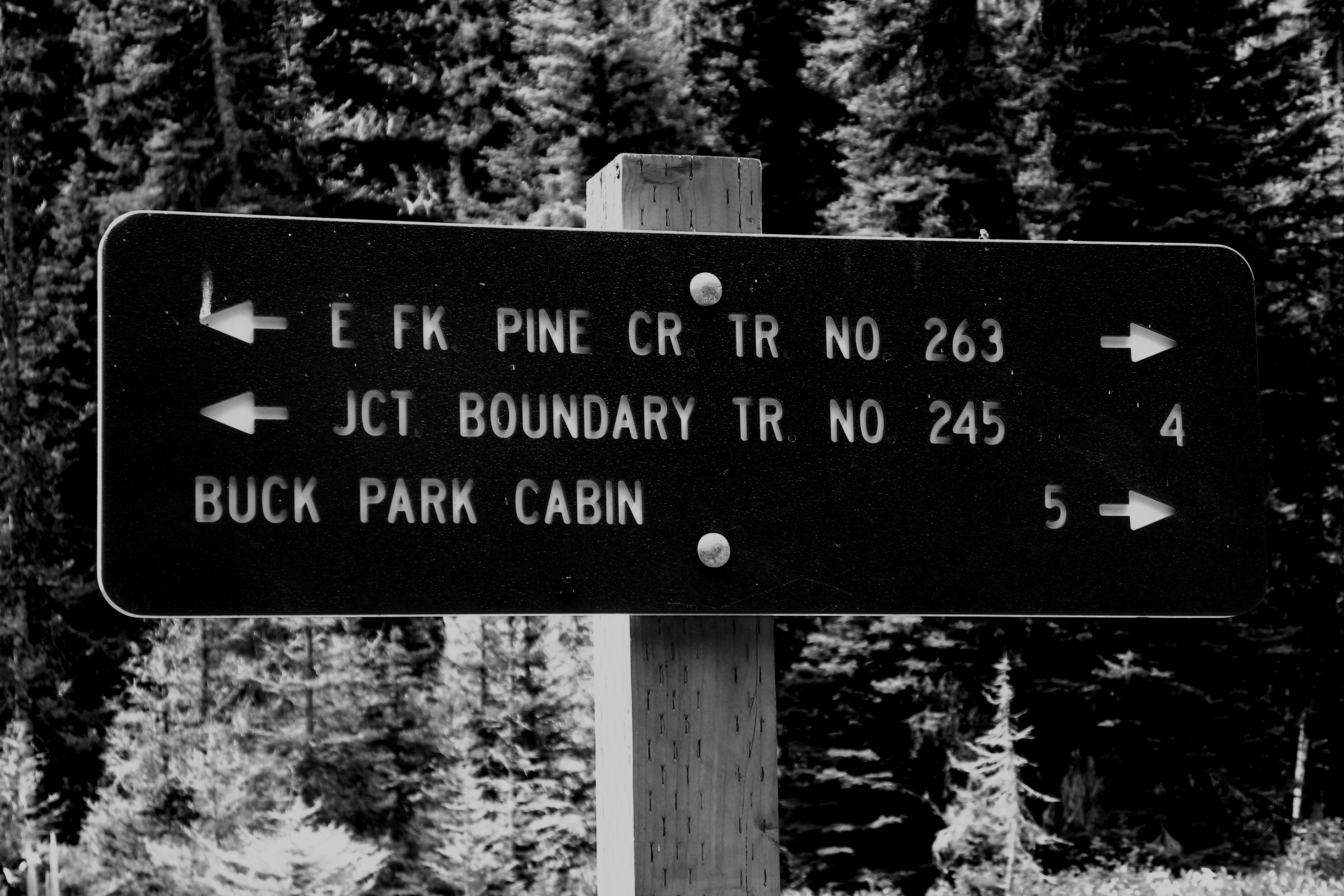
I was a little worried that nobody was going to show up to my second trail project in the Payette National Forest. Rob, Phil and Robbin, a few of the more experienced packers in our chapter, would be away on a ten day support crew project in the Frank Church. Without some of our more seasoned members to guide us, I wasn’t sure anyonewould be willing to follow a directionally challenged newbie with a knack for misadventure. I would not blame them either. Especially since all they might get to eat for three days is bottled water and Beanie Weenies.
Rob assured me that I would not be clearing trail alone, even if we had to twist a few arms in the process. Feeling more like a fish out of water than a project coordinator of any kind, I set about preparing for a weekend of trail work and meal preparation for an undetermined amount of crew.
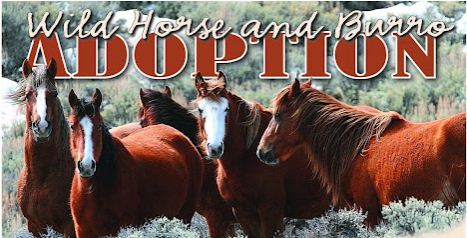
Some of you already have heard me talking about this, but some of you haven’t yet. I have been going out to the corrals and video-ing and photographing BLM horses for a few months now, hoping that posting the photos on Facebook pages might help get them adopted.I have had very limited success with that and I began to get frustrated. It turns out that it’s just one of the limitations that Facebook has.
So I have pulled out all the stops now and I have the Facebook Group AND Page “The Modern Mustanger” and I have “The Modern Mustanger” Blog for all non-Facebook users http://the-modern-mustanger.blogspot.com/ I also have the YouTube channel The Modern Mustanger http://www.youtube.com/user/TheModernMustanger
So, now I can get my photos and videos out to the public more efficiently and keep everything as current as possible. Also included in my “Everywhere Campaign” are horses in TIP and other programs and hopefully, soon, I can enlist more people to go to other corrals to photograph and video horses for everyone to view (and hopefully adopt!!!) I’m optimistic that getting these photos and videos out to the public we can increase the adoption rate. I also hope that everyone does not find my enthusiasm terribly annoying, but…hey, if you can’t annoy your friends and family, who can you annoy!
Please check out my pages and let me know what you think.
Maybe there will be a horse in there that just catches your eye too?
2012 has been a sad year for a number of our members with the loss of a beloved horse due to accident or illness. On Saturday, while Bill and Marybeth were riding above their home, Rusty, Bill Appy, who he raised from a four month old colt, stepped in a hole and broke his neck. 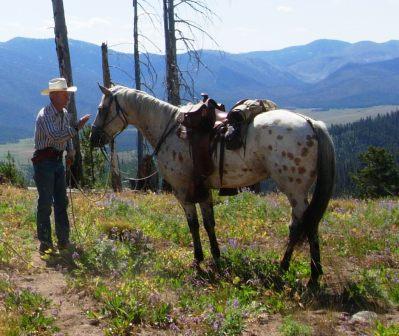 Bill was not injured.
Bill was not injured.
Laurie Bryan lost her mare Phyre due to colic while she was at a trainer getting her basic education 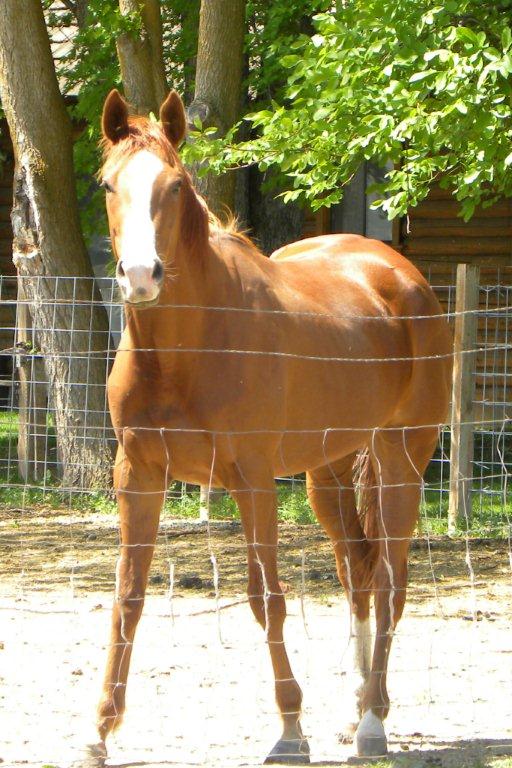 . Phyre was a Thoroughbred mare Laurie adopted when a breeding farm sold off a number of their mare by the pound for slaughter.
. Phyre was a Thoroughbred mare Laurie adopted when a breeding farm sold off a number of their mare by the pound for slaughter.
Phil Ryan lost his beloved mustang Wild Bill this spring to colic. Wild Bill had been a member of Phil and Kay’s family for over 20 years.
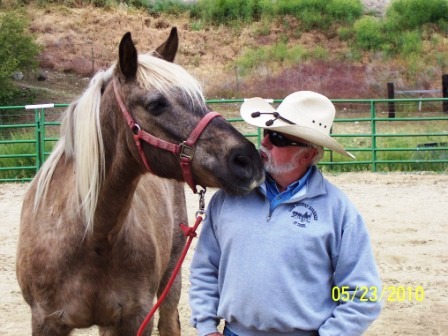
Robbin Schindele big paint Pancho was put down in July due to failing joints and old age. Pancho was a regular at a number of projects over the years, and was a steadfast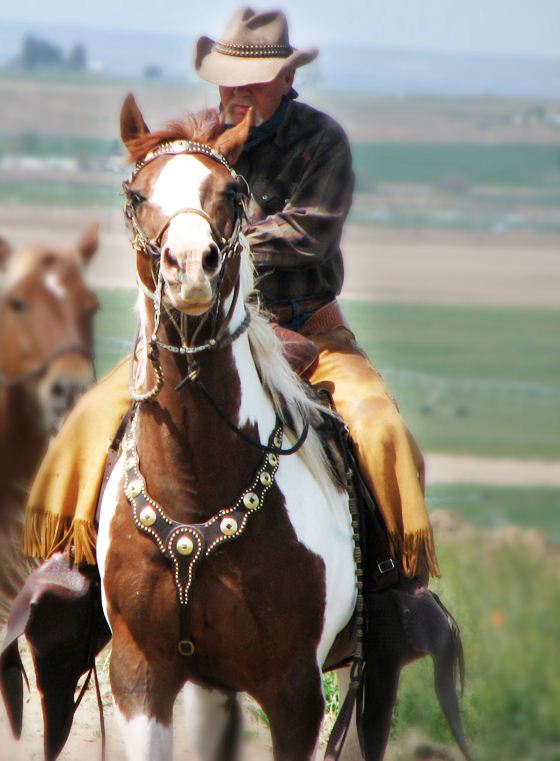 and true friend.
and true friend.
October 2012 Ellen Knapp said good by to her trusted friend Warrior. 26 years old. He and I have been together for 22 years. Thousands of miles together. Trail partner, pack horse, and Civil War horse. #7 in the NW in 1999 for 50 mile endurance rides. Civil War demo horse extraordinaire.
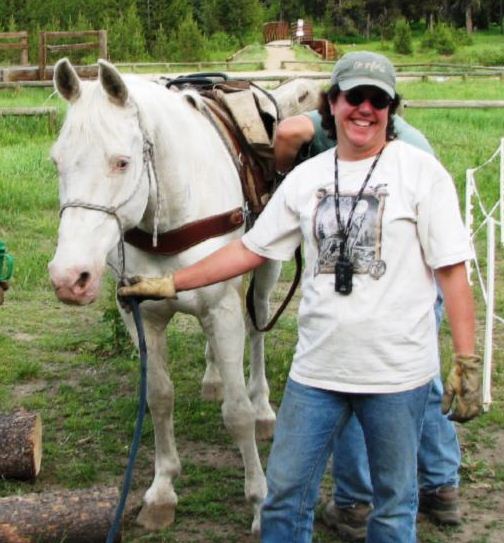
It does not look like we have any trail projects on the calendar for the weekend of the 28th, so I thought I would share this poker ride flyer coming up the end of the month. If you have never been on a section of the Weiser River Trail, you are missing a great ride. The WRT is an old Railroad track that has been converted into a non-motorized trail for horses, hikers and bikers.
Ive not been on this particular section of the trail personally, but I hear it is beautiful. The flyer says they are encouraging camping for the weekend and all proceeds go to the Friends of the Weiser River Trail: the folks who maintain the trail.
Beat the heat and head north! Hope to see you there
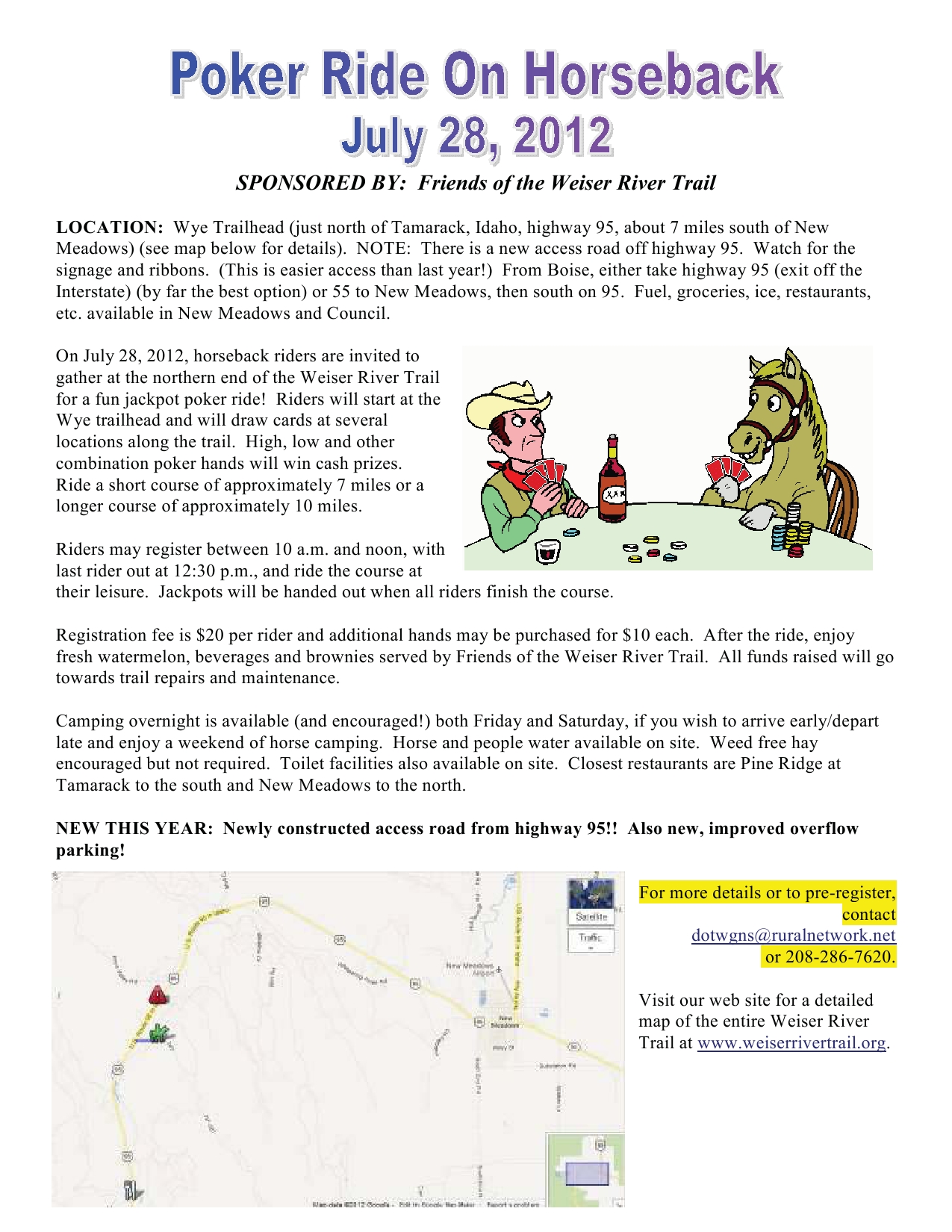
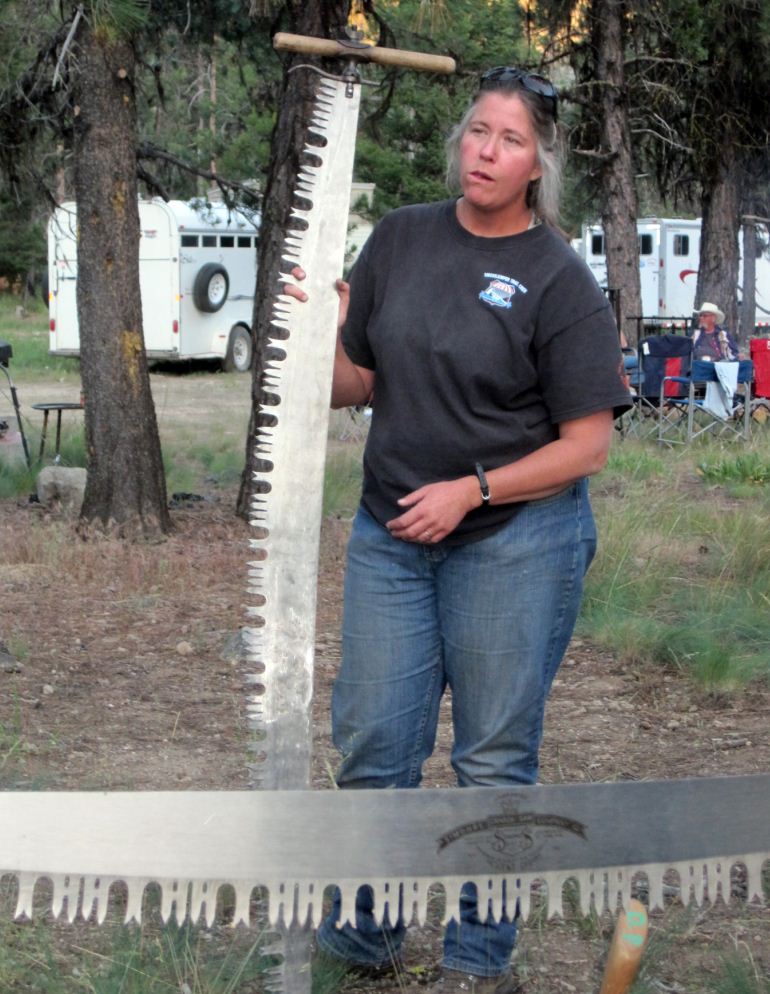
With more and more BCHA volunteers using crosscut saws to help clear wilderness trails the question comes up, how to sharpen a crosscut saw? Unlike a chainsaw that you can sharpen in the field or change a dull chain in a few minutes, crosscut saws do require some skill, special tools and a considerable amount of time to properly sharpen. With the idea of offering some support to BCHA volunteers I have put together a web page that should help with the issue. The new BCHW crosscut saw sharpening page can be found on the BCHW website under the Tech Tips link. It offers information on where or how to learn to sharpen as well as sources for some professional sharpeners. For those without web access many of the resources listed are available in other forms.
It does take some commitment of time and tools to pickup the skill but most anyone can learn to sharpen crosscut saws. There are formal week long training classes put on every year at the Nine Mile USFS Training Center, Lolo National Forest, Montana. The classes are open to anyone and the cost is reasonable. In addition the the formal hands on training there is some very good information available. The USFS Crosscut Saw Manual has step by step instructions and there is a new video/DVD by the Forest Service that is scheduled to be released soon. This video is very highly rated and should prove to be a valuable learning tool. In addition to the USFS resources there is other information and training aids linked on the BCHW Crosscut saw sharpening web page.
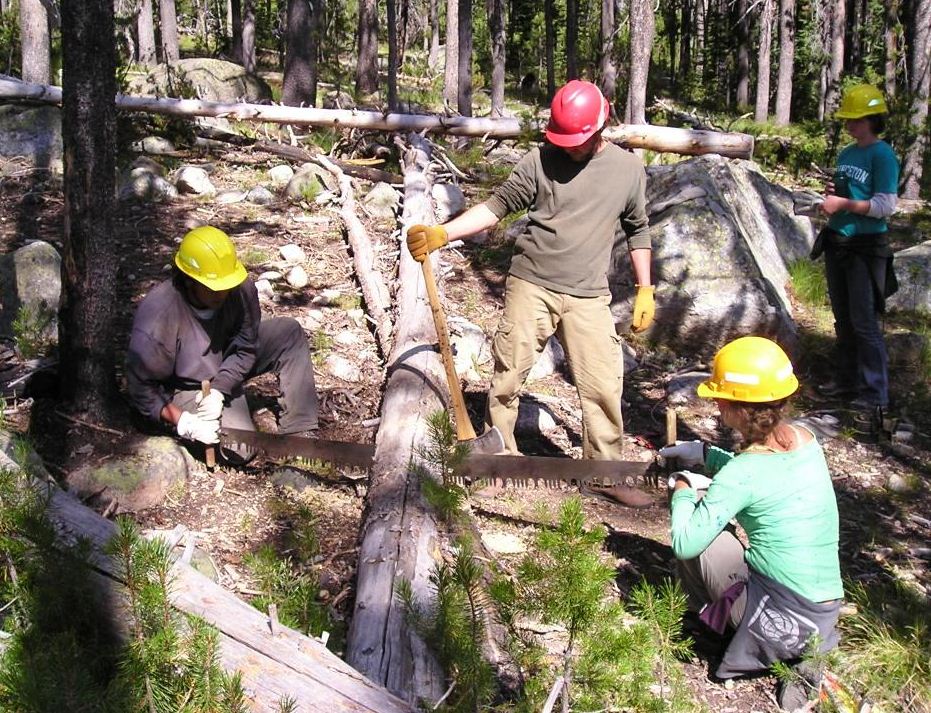
Another resource is an online crosscut saw forum at crosscutsawyer.com . This is a privately ran forum that has a wealth information on sharpening as well and other things related to crosscut saws. It is a little contradiction to have a modern internet forum for primitive tools but the knowledge of literally hundreds of years of experience from the forum members is amazing. If you do not find needed information in past posts, you can always ask.
In addition to the formal training or do it yourself learning there is the possibility of interested folks learning from BCHW members that are experienced saw filers. Both Gary Zink and myself have offered to help new filers pick up the skill. This would likely involve having members watch and ask question during a sharpening job. The timing and location of any of these sessions will depend on the interest and need. For BCHW to hold a week long, hands on training session is beyond the scope of any proposed training but we do have the resources to help and provide direction to anyone that is interested. No matter how a new filer picks up the skill, it will require quite an individual commitment of time and practice to become proficient.
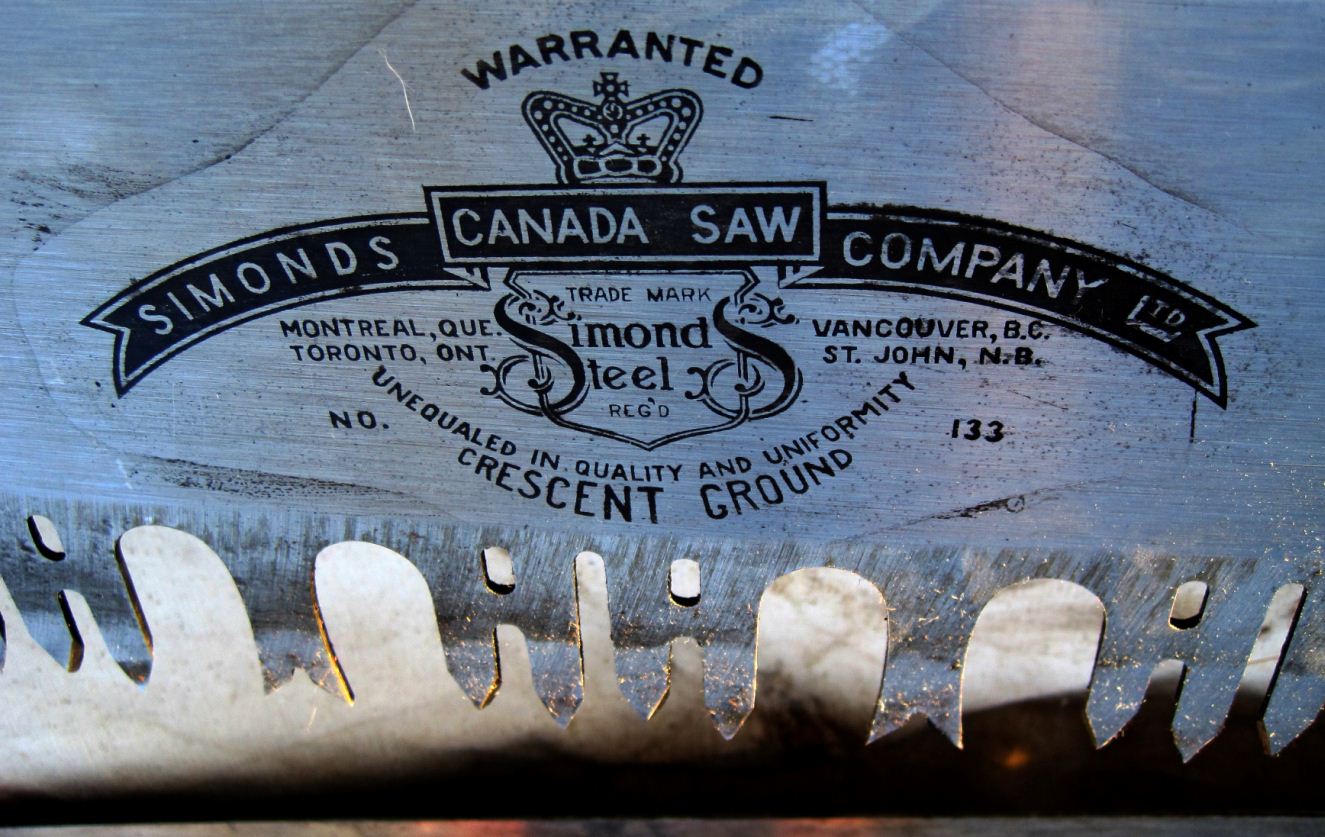
So the main purpose of this message is to let folks know of the resources available for those that want to learn how to sharpen a saw and offer any help in the process. Please have anyone that has any questions contact me or Gary. Also I do know that other BCHW members do sharpen saws and if they want to help out, let us know. Comments or suggestions are always welcome.
Jim Thode ( Webmaster and crosscut saw user and filer )
~~~
Subject: USFS Chainsaw and Cross cut saw certification programs
Good afternoon, BCHA . There is some information in this news letter about the new Chain saw and Cross cut saw program that is in the works. BCHA and some of the states have been supplying input to the agency, USFS, about this, including bringing it to the attention of the Deputy Chief, Leslie Weldon and the Director of Wilderness, Leanne Martin at the BCHA national board meeting. It appears there will be a document to read and comment on out pretty soon. It will be interesting to see what they have come up with.
Michael K. McGlenn
Chairman BCHA
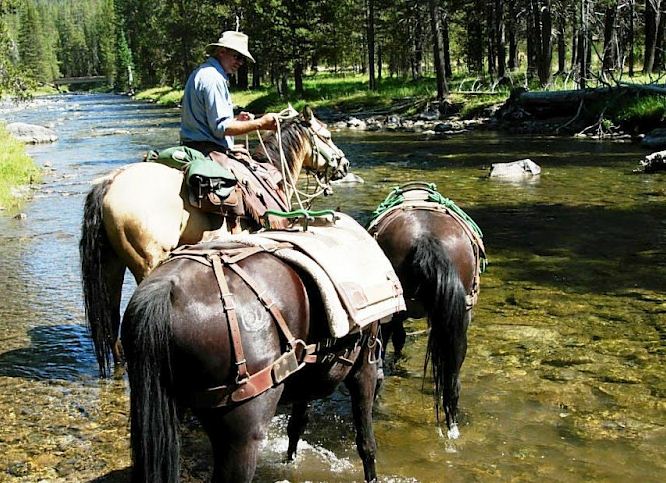
Dont leave home without considering your horses water needs. Heres what to plan for, plus hauling, watering, and use tips.
Let your horse drink from water sources along the trail or near the camp to conserve the water youve hauled in. Your trail horse needs about 10 to 30 gallons of water per day to stay hydrated and healthy. Youre responsible for meeting his critical water needs, whether you go on day rides, horse camp, or pack into the back country. Never assume water will be provided at the trailhead/staging area, and dont expect to find full water troughs in campgrounds.
Here, well tell you how to meet your trail horses water needs.
Plan Ahead: Use these planning trips when you haul your horse from his trusted water source.
There are three elements of a saddle that are of primary importance: the tree, the seat and the
rigging. If all three are properly designed and constructed, the result is a good, useful saddle,
regardless of style and aesthetics. If any one of these is wrong, or poorly done, the saddle is of
little value. This series of articles begins with a look at modern handmade saddle trees, the seat and rigging.
The first Decker Pack Saddle tree of its kind (with wooden bars and steel bows) was first used by an Arapajo packer named S.C. MacDaniels in central Idaho during the mining boom of 1898-1900. Several brothers named Decker saw the practicality of the idea, adopted it and made improvements to the Arapajo cover, or “half-breed” as it is know today. They applied for a patent on the tree and rigging, which apparently was never granted, and the name Decker Pack Saddle stuck. In the early 1900s, the Decker brothers established themselves as some of the finest packers in Idaho and Montana, packing thousands of pounds of equipment and supplies into the unroaded, trail-less terrain of the Selway and Lochsa Rivers, over Lolo Pass and into the Bitterroot Valley of Montana. All the while they were demonstrating the durability and versatility, as well as humane nature, of the Decker Pack Saddle.
The modern Decker Pack Saddle tree was perfected by blacksmith/saddle maker, Oliver P. Robinette of Kooskia, Idaho shortly after 1906. Robinette is credited with developing and manufacturing hundreds of the Decker trees and pack saddles for the Decker brothers as well as for local sheepmen and other outfitters and packers of the era. The Decker brothers could foresee a rapid increase in the use of this unique and clearly superior pack saddle and they made a deal with Robinette to market the saddle. It was advertised and sold as the Decker Pack Saddle. In later years, O.P. Robinette built many trees for the Forest Service (the “OPR” style Decker Pack Saddle tree) until his death in 1945.
At that time the twilight of the old west a generation of packers skilled in the use of the sawbuck and the traditional diamond hitch were passing into history, while a rapidly growing Forest Service needed transport for heavy, often bulky equipment through the vast roadless back-country. The Decker Pack Saddle, a rugged versatile saddle that could be easily packed to capacity by Forest Service personnel, filled this need. It caught on quickly throughout Idaho, Montana, Oregon and Washington, while in Wyoming, Colorado and California packers continued to use the sawbuck. In 1930, a “Remount Depot” was established in the Ninemile Valley west of Missoula, Montana, as a place to raise and train horses and mules, as well as train packers for the Forest Service. Horses and mules in sufficient quantity to supply fire fighters duing critical fire seasons had become difficult, if not impossible, to obtain from private sources. The Decker Pack Saddle was adopted as the official saddle and packing style in Region One (all of Montana, Northern Idaho, North Dakota and a bit of South Dakota). Part of the mission of the newly established Ninemile Remount Depot was to “develop improved methods of packing and standardize packing practices.” In 1937, a standard specification for the Decker Pack Saddle was prepared and that specification, with only minor modification, is still used today as the basic design of most Decker Pack Saddles.
The above information was taken from Packin’ In on Horses and Mules, Elser and Brown, 1980, “The Packer’s Field Manual”, Hoverson, 2005 and “Horses, Hitches and Rocky Trails”, Back, 1959.
Ray Holes Decker pack saddle are prized by Pacific North West packers.
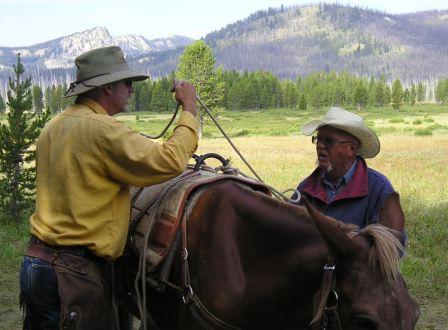
June 17, 2012 – Glenn Ryan
Attached is the outline or framework developed by the Equine Safety Management Team, for developing consistent national policy regarding equestrian safety. I have also attached my own opinions regarding the gaps and issues in the Equine Management Strategy Framework.
Also, forward this to any appropriate personnel or group that would have valid comments on this issue.
Glenn Ryan, Lead Packer
ROCKY MOUNTAIN REGIONAL SPECIALTY PACK STRING
Send comments to:
Steve Beverlin
Regional Rangeland Program Manger
sbeverlin@fs.fed.us
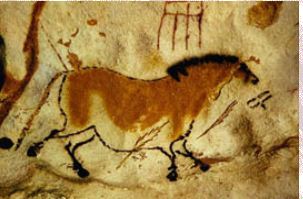
In the 1860s and 70s, photographer Timothy O’Sullivan created some of the best-known images in American History. After covering the U.S. Civil War, (many of his photos appear in this earlier series), O’Sullivan joined a number of expeditions organized by the federal government to help document the new frontiers in the American West. The teams were composed of soldiers, scientists, artists, and photographers, and tasked with discovering the best ways to take advantage of the region’s untapped natural resources. O’Sullivan brought an amazing eye and work ethic, composing photographs that evoked the vastness of the West. He also documented the Native American population as well as the pioneers who were already altering the landscape. Above all, O’Sullivan captured — for the first time on film — the natural beauty of the American West in a way that would later influence Ansel Adams and thousands more photographers to come.
Boundary Trail Project
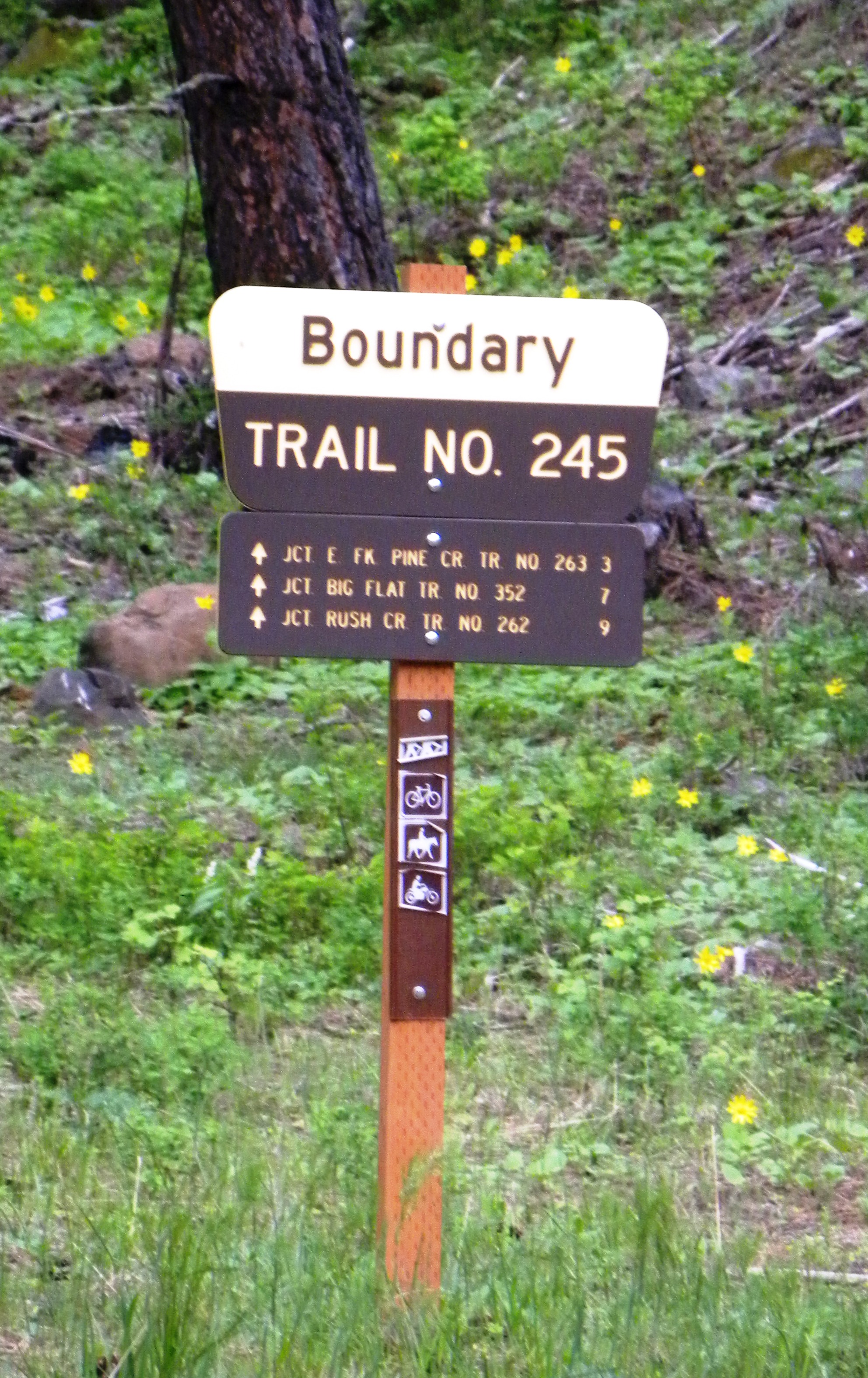
In celebration of the 2012 National Trails Day theme: Americas Largest TRAILgating Party, members of the Squaw Butte Back Country Horseman of Idaho set out to conquer a minute section of the 200,000 miles of Americas national trails system. Sixty feet of bog and waterlogged trail corduroy would challenge the small group of dedicated and enthusiastic volunteers.

